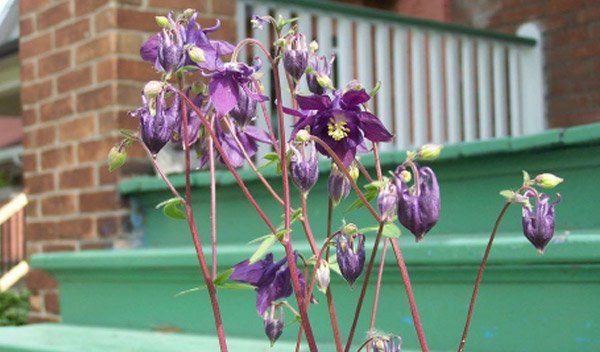Armchair Gardening
Garden Know How

15 Aug, 2020
We all want lush, vigorous, healthy gardens, lawns and planters, but how much water do we really need to apply to achieve our goals? How much is enough water, without wasting our precious resource? Water requirements depend on many factors: Is the soil sandy or clay based; does the garden have a layer of mulch to help retain moisture; has compost been applied yearly to add moisture retention for sandy soil and add porosity to clay soils; is the flora planted, appropriate for the soil type; are the plants drought tolerant or water guzzlers? A garden and lawn require, for the most part, (depending on the plant choices and soil type), approximately 1 inch of water per week for the water to percolate to a depth of 8 to 10 inches. This encourages a deep, strong root system for plants that will be able to withstand drought conditions and heat waves. Also, plants with deep roots are healthier plants that will be better able to deter pests and disease. When using a sprinkler system to water, try laying an empty tuna can on the ground to determine when you have reached the 1-inch water required. When watering by hand/hose, 30 seconds per square yard is usually sufficient. Shallow watering creates a root zone close to the soil surface in which plants become easily stressed during drought or heat waves. During these difficult conditions, watering may need to be increased, but first check the soil’s moisture level. The time of day when you water is important. Try to water in the morning, between 5:00 a.m. and 10:00 a.m. when the sun is not as strong, giving time for plants to dry. This will allow water to penetrate the soil and not be evaporated by the hot, mid-day sun. It will also reduce the risk of sun scald on the foliage. If watering in the morning is not an option, wait until about 4:00 p.m., making sure there is still time for the leaves to dry before night fall. If you must water at night, try to only water the soil, as wet leaves encourage diseases such as powdery mildew. If watering at high sun is your only option, it would be best done by applying water to the root zone via a soaker hose. We want to be as effective as possible when we are watering to conserve this precious resource. Check the soil first by inserting a finger. If it is dry up to the second knuckle, watering is needed. If the soil is moist just below the surface, hold off watering. When watering overhead of plants with large leaves, the water can slide off the leaves far away from the root zone... like an umbrella being held over the plant. We call this the “umbrella effect”. Delivering water to the base of plants encourages deep roots and is especially important for establishing new plantings. Leaves themselves take up very little water, so watch out for possible obstacles directing the flow away from the root zone. Container gardens are a closed system. They are not part of your regular garden’s eco- system and do not have the benefit of surrounding soil moisture and nutrient conditions. They need special consideration for proper maintenance. The smaller the container, the more frequently it will need watering during heat waves and drought. This might mean checking your small pots several times a day during stress times. Larger containers, on the other hand, (from 12-inch diameter and up), usually require less work and may require watering only every other day. Regardless of size however, it is a good idea to check all containers for sufficient moisture each day. When watering, ensure that you see water draining from the bottom of the pot and that the entire growing medium is wetted thoroughly. Frequent watering flushes away nutrients so your containers will need fertilizing for optimum performance. Remember to feed regularly with an NPK balanced product per package instructions. Flora prefers water temperatures close to what they would receive naturally in a rain event. If you are able to water using rain barrels or containers that have been left out to come up to air temperature, it is a great way to water. (Water from a hose can be shockingly cold). If you are able to give natural rain or well water as opposed to city water, this is all the better for your plants as it won’t contain chlorines and other possible chemicals.
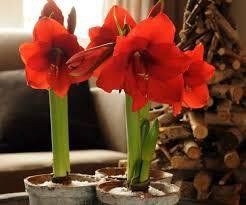
04 Jan, 2020
Most of my friends and family know me as a plant lover. And I am, usually. What they don’t know, is there are limits to my affection, a ‘best before date’, if you will. In past holiday seasons, I have received many beautiful plants adorned with glitter and ornaments, wrapped in shiny, coloured foils. The festive punch these plants give to a room cannot be denied...until the first weeks of January come along. That is when things change. As poinsettia leaves rain down over the dining room table and snow piles up in the drive, I want -and need- to head full throttle into Spring. I’m ready to embrace the Marie Kondo approach: purge the things that no longer give me joy. Top of the list? Christmas plants, and in particular, poinsettias.

02 Feb, 2019
When the snow is falling and time is available, think about researching the plants you would like in your garden in 2019. One idea is to think about the leaves that you would like in your garden. Leaves have shape, size, colour and texture. Leaves can be small, large, spiky, leathery, thick or coloured. They can be white-edged, yellow-edged, marbled, silver, pink, purple, variegated. Some leaves can even tell you what conditions the plant requires to grow. So how do you choose what plant you might want? The first step, before you visit the nursery or plant centre, is to assess your garden conditions. Regarding the soil, do you have clay, loam, sand or rock? Is your garden dry, average, well drained, wet or boggy? Will the garden be in full sun, partial sun (assess how many hours of sun an area will receive), shade or partial shade? Is the area windy or protected? How much time do you have to maintain a garden? Are you creating a new garden or just looking for one plant to fill an open spot? What height and width is required? Doing your plan or research first, before you buy, saves time, money and frustration for yourself and for those assisting you at the garden centre. Now you are ready to choose. Here are a few suggestions: Large Leaf
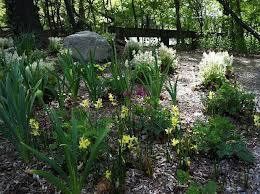
03 Mar, 2018
Every Garden has them - those spots where perennials go to die. If you’re on the verge of giving up gardening you’ll be relieved to learn that there are perennials that actually prefer shady locations, dry areas and those wet spots in your garden. There are even some that tolerate the dreaded dry shade, the nemesis of many a perennial. In the Dark: Here are a few tips and tricks that will help you and your plants cope with those areas of the garden where the sun never seems to shine: Look before you leap to conclusions. Observe the shady areas of your garden at all times of the day and during different seasons. You may be surprised at how much light there is. Maximize the light available by keeping trees and shrubs pruned. Plants with variegated foliage give the illusion that sun is touching their leaves, and plants with yellow/green leaves light up a flower bed, even in the shade. Don’t be tempted by overly aggressive plants. There are many well-behaved perennials that prefer part or full shade. Let’s take a look at some of them. If your shade is caused by deciduous trees, don’t forget spring flowering bulbs. There will be enough light before the trees leaf out for snowdrops, crocus, and other early small bulbs to flower. Hyacinths, daffodils and early tulips will also put on quite a show.
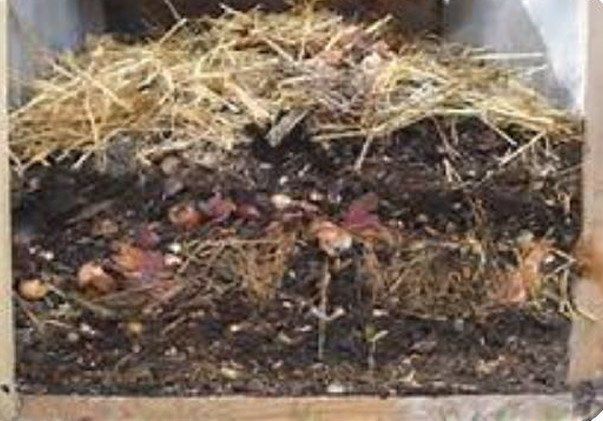
08 Apr, 2017
While it would be nice to be able to make our own oil and save on fuel costs, the black gold in this case is compost. Compost is a valuable soil amendment, improving the structure of both sandy soil and clay, and providing a neutralizing effect on acidic or alkaline soils. Compost is also a source of the nutrients that your plants need to thrive. If all that wasn’t enough, you have the satisfaction of helping the environment, by using the vegetative waste from your kitchen and garden.
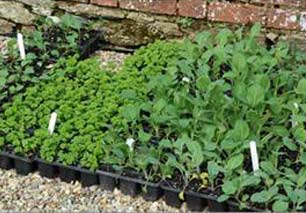
05 Mar, 2016
Sounds like a lot of work to me! Not really, and seed propagation is a very cost effective way to obtain a large number of plants or plants that you cannot purchase locally. Look first for locally sourced seeds as these will be better adapted to your region, and therefore more vigorous, hardy and more resistant to stress, insects and diseases. It can also be very satisfying and a fun thing to do. Where can I find a good selection? Seeds can be obtained from catalogues, nurseries, supermarkets, your own saved seeds, friends and seed exchanges such as a Seedy Saturday event. Choose seeds of perennial plants that suit your climate (hardiness zone) unless you plan to keep them as a houseplant or use as an annual. If you must have seeds from your neighbour’s prized plant, please no fence hopping; requesting some seeds is a better idea and they will most likely be happy to share.


